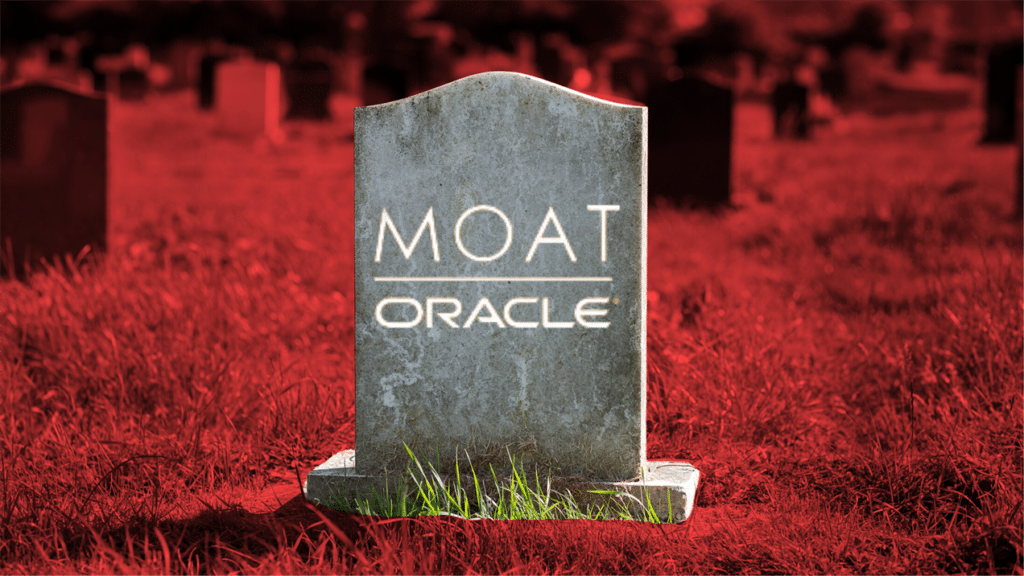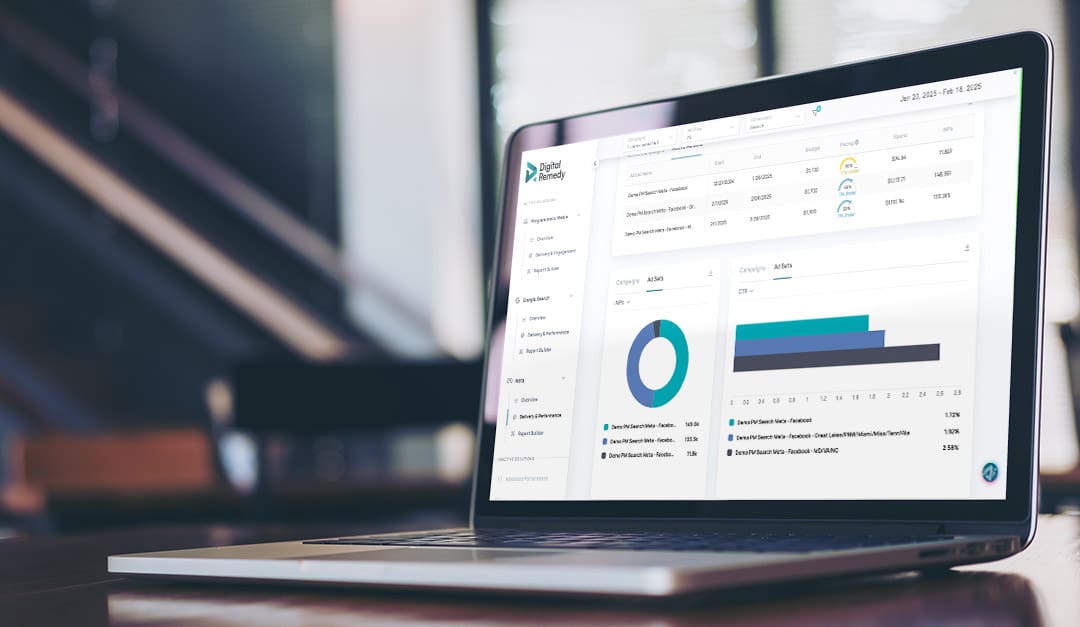Aug 15, 2024
The following byline by Digital Remedy CEO Mike Seiman was featured in Performance Marketing World. In it, he shares his predictions on where Oracle Moat’s clients will move next. Last month, Oracle announced it was shuttering its advertising business entirely. The once multibillion-dollar division turned in a mere $300m last year. I would argue that…

The following byline by Digital Remedy CEO Mike Seiman was featured in Performance Marketing World. In it, he shares his predictions on where Oracle Moat’s clients will move next.
Last month, Oracle announced it was shuttering its advertising business entirely. The once multibillion-dollar division turned in a mere $300m last year.
I would argue that this isn’t an indictment of adtech. Instead, it’s the result of Oracle treating the business like a side quest rather than developing it with the necessary resources and investment to compete. Several of the companies it acquired were leaders in adtech before being swallowed up by Oracle, which is increasingly focused on sales and martech. Unfortunately, these companies and assets won’t be up for sale. They’re all simply dead, or will be soon.
One of the more interesting aspects of the shutdown is the fate of the verification platform, Moat. There will be a hard-fought battle for Moat’s clients between DV and IAS, with DV having a better chance given its position in the market, though both stand to gain from the shutdown.
What we won’t see, however, is a significant shift of these clients to smaller verification and “media forensic” upstarts. While there may be some movement, the overwhelming majority will not go that route.
The verification market is currently rife with startups and their backers all vying for a piece of the pie. They have a vested interest in seeing Moat’s business shift downstream instead of to DV and IAS. Unfortunately for them, that won’t happen. Here’s why.
Channel Representation
None of these upstart verification companies can compete on channel representation. Many of them are desktop-only and don’t measure mobile or emerging channels, like CTV, social, audio, or gaming. While they could expand into these areas, it would require considerable effort, time, and cost. DV and IAS already have the scale and capabilities today and will continue to fine-tune and expand.
Resources
Say what you will about their technology, but these players are well-capitalized to grow and innovate. According to public earnings figures, DV spent over $22m on research and development last year. IAS spent a smaller amount but still invested considerably.
These companies cover a wide range of measurement types, and although they may take time to deepen their expertise in certain areas (like made-for-advertising websites), they move quickly when they do. Moat, on the other hand, did not innovate. Despite having a parent company with basically unlimited resources, these were not utilized, leading to Moat’s decline.
Pre-bid Avoidance
The upstart verification and forensic media market currently does little in terms of pre-bid avoidance. Many focus on the value of post-bid and log file analysis because that’s all they can do at this stage. DV and IAS offer both post-bid data for the campaigns they measure.
But their pre-bid avoidance capabilities – which requires evaluating auction data in real-time – set them apart, as more advertisers seek to block MFAs, fraud, and unsafe/unsuitable media before serving an ad. This approach saves money, helps publishers with monetization, and is more scalable than having humans, even with third-party help, evaluate files across thousands of campaigns and hundreds of channels.
On the Page
DV and IAS tags are already on most publishers’ pages at the request of their brand partners. This allows them to quickly spin out new services and data capabilities. Attention metrics? Check. Contextual data? Check. Both can leverage existing data from their tags to activate new measurement categories. They are on the page because their presence helps ad partners spend.
New verification players with fewer clients and less value to publishers will struggle. If these newcomers end up blocked as part of efforts to reduce crawler-induced latency, for example, they are dead in the water. (See what’s occurring with Perplexity and robots.txt.)
Independence
DV and IAS are independent players in the market. Some chatter suggests advertisers prefer their DSPs to handle every aspect of measurement and media quality. In reality, let’s face it — DSPs have conflicted interests. One might prioritize CTV or publishers using its ID. We’re also seeing some invest in verification companies. Can a DSP-funded verification player truly act as a neutral entity? Buyers recognize the value of independent players like DV and IAS.
Walled Garden Clout
The debate around social media verification is loud, but there is no proof of DV and IAS bowing to social platforms. The key takeaway is that social platforms should open up greater access rather than rely on piecemeal integrations. DV and IAS would also, I’m sure, prefer tag-based measurement on these platforms instead of server-based.
This is an ongoing process, and over time, we’ll likely see stronger measurement capabilities. DV and IAS have the clout to demand more and are quietly doing so. Unfortunately, smaller players don’t and won’t have the same influence and won’t have a seat at the table.
The inevitable shift of Moat’s clientele to DV and IAS, rather than to upstarts, isn’t just inertia. It’s an indication of where the market’s trust resides, and the overall reliability of these platforms, even when issues arise. Moreover, if Oracle, with all of its resources, couldn’t make Moat work, it’s doubtful that up-and-comers have any real chance.
Related Posts

Staying ahead as a full-service digital marketing agency is no small feat. Between evolving consumer behaviors, rising client expectations,.

In today’s fast-paced digital advertising world, full-service agencies are embracing forward momentum and finding new opportunities to scale their.

In Part 1 of our Intro to Incrementality series, we covered the fundamentals-measuring incremental lift by comparing test (exposed).